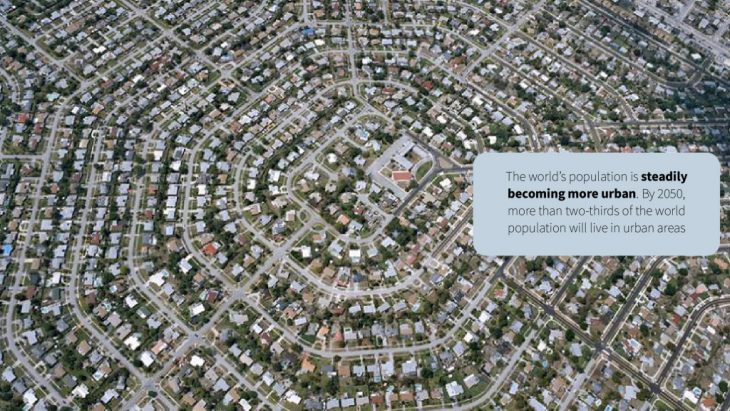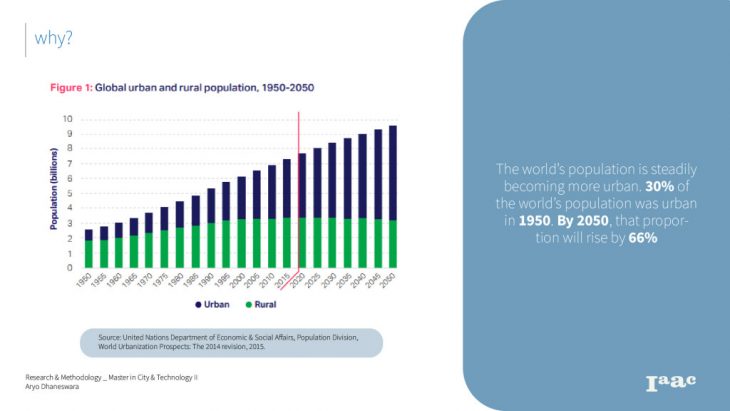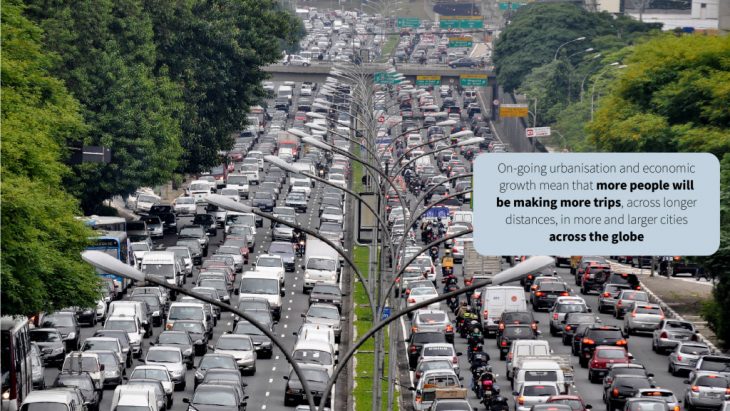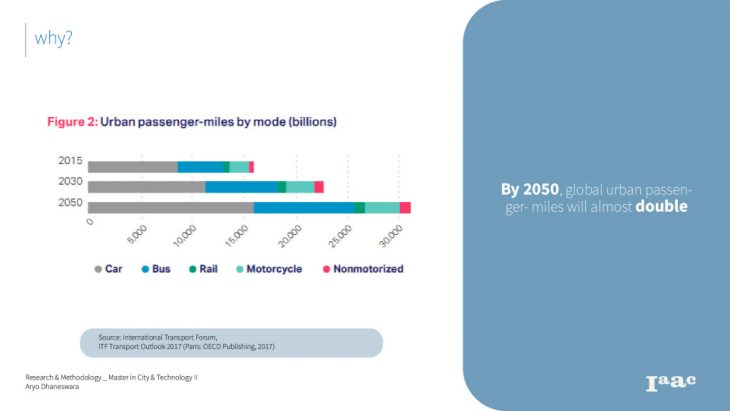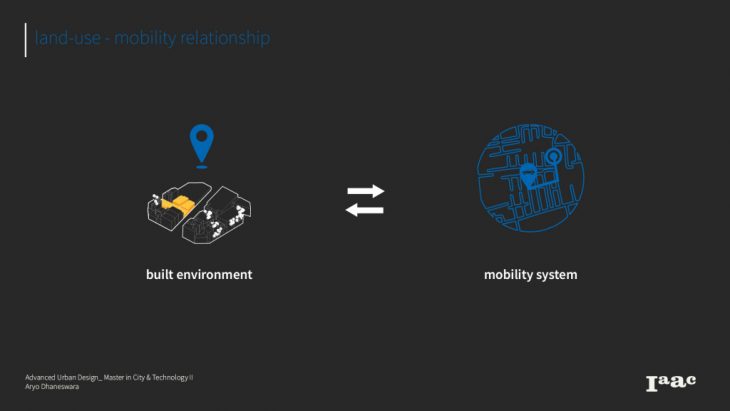Introduction
UrbanFUSE is a decision support tool for city stakeholders to measure and assess the optimization of land-use patterns for the formulation of polycentric city (15-minute city), toward the city’s goal of improving the accessibility and diversity of urban services.
Need for paradigm shift
If every neighbourhood is to be transformed into a world of its own with a well-developed infrastructure, there is also an urgent need for buildings that offer both business premises and housing. This represents a completely new challenge for the government authorities to restructure its land-use allocation, but at the same time offers a wide range of opportunities to revitalise the public investments market.
The approach to rethink streets begins with the simple recognition that streets are multifunctional public spaces. In fact, streets account for more than 80% of all public space in many cities. For that reason, we should expect them to do more than just get people from point A to point B.
On the other hand, on-going urbanisation and economic growth mean that more people will be
making more trips, across longer distances, in more and larger cities across the globe. In
the face of this growth, urban transportation systems must balance two basic needs. On
the one hand, the need for transport to continue to contribute to economic development
and human welfare and, on the other hand, the need to mitigate transport’s negative
effects, both current (as exhibited by pollution and accidents), as well as future (seen
through contributions to climate change risks and exhaustion of non-renewable
resources). Cities need to change the old planning process and include more citizens in the process.
Cost Benefit Analysis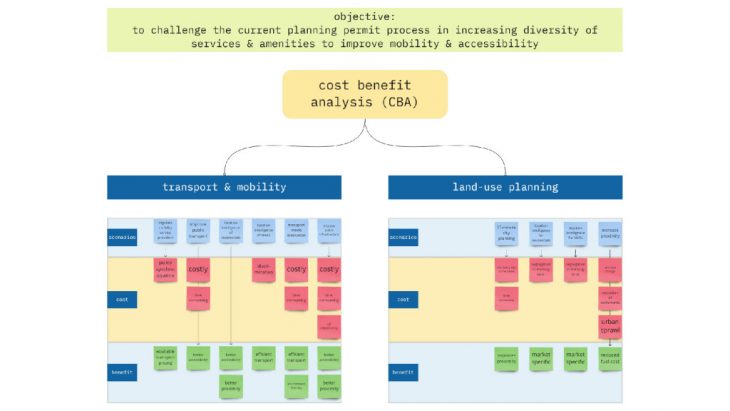
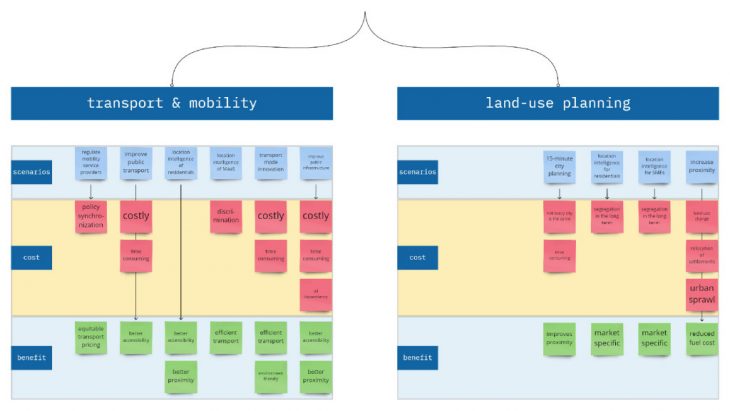 Negative Externalities of Transportation
Negative Externalities of Transportation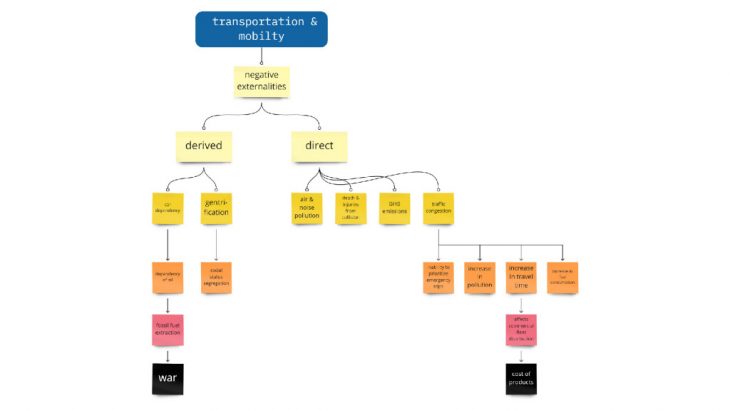
Systemic Design of UrbanFUSE is a project of IaaC, Institute for Advanced Architecture of Catalonia
developed at Master in City & Technology in (2019/2021) by:
Student: Aryo Dhaneswara
Facultiey: Gonzalo Delacámara.
